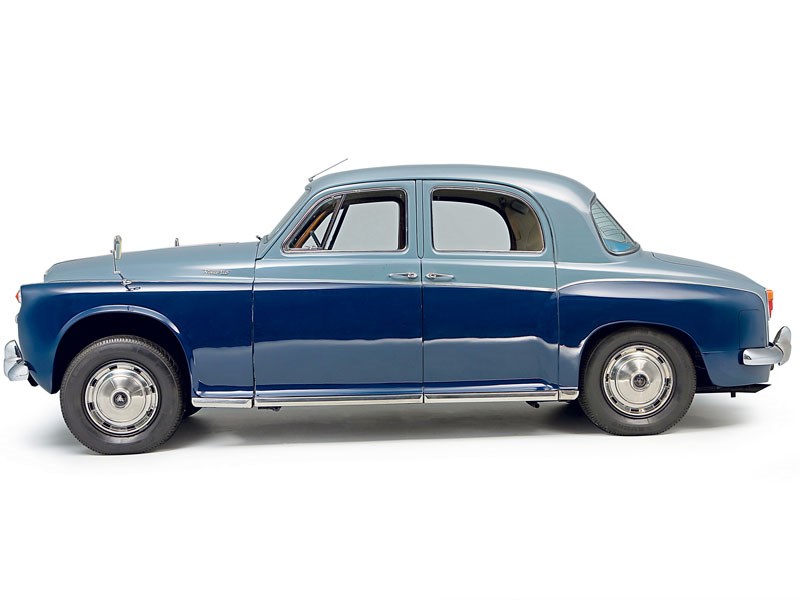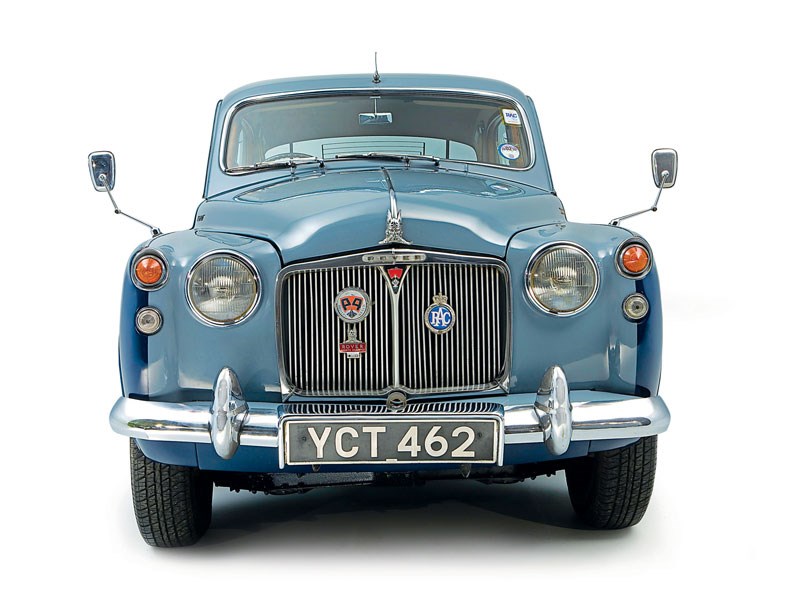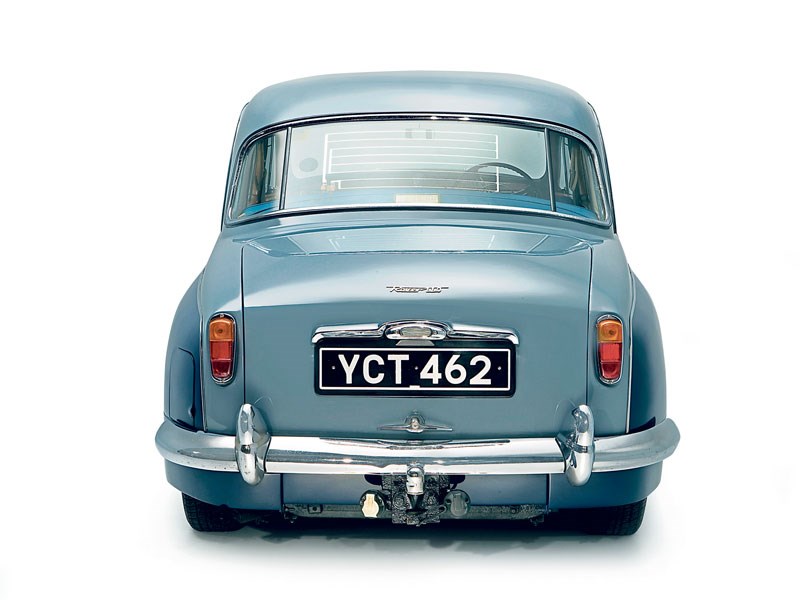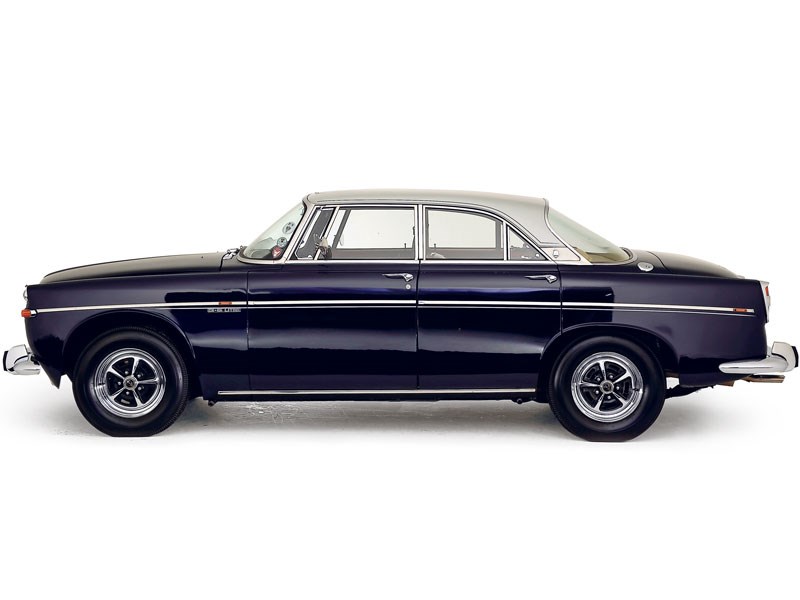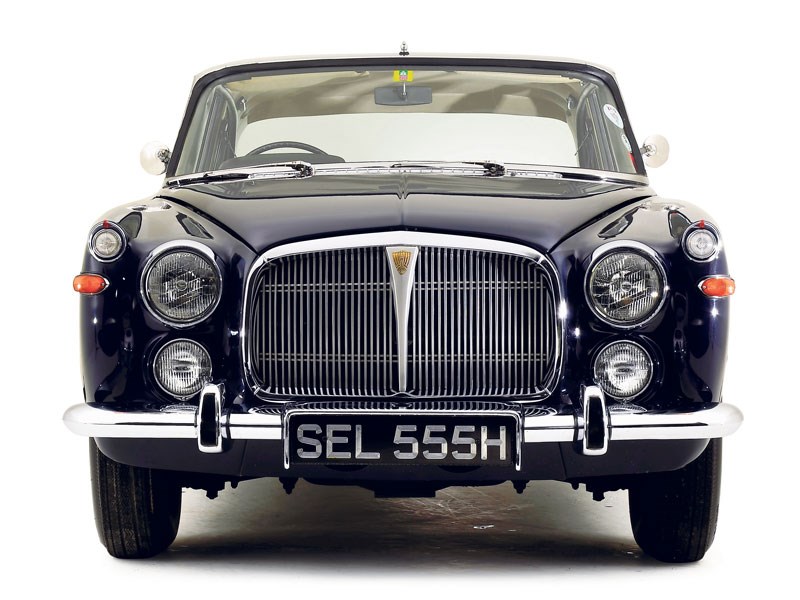With modern hot hatchbacks producing in excess of 300bhp, two thirds of that isn’t really enough is it?
Well, that’s where you’d be wrong as the original M3 was one of the finest sports saloons of its day, and feels just as wonderful now. While BMW have become synonymous with silky straight-six engines, the 2.3-litre, 4-cylinder unit beneath the M3’s bonnet was a cracker producing 200bhp in original, non-catalysed form. That power arrived at a fizzing 6750rpm, and getting there was to experience a mechanical symphony that sets the hairs on the back of your neck standing. And thanks to a light weight by today’s standards it still feels quick with the 0-60mph benchmark dispatched in less than seven seconds.
Driving through a motorsport-inspired dog-leg gearbox, it was also very easy to live with and a well-sorted example feels as happy pottering to the supermarket as it does lapping Silverstone. But despite the every-day docility, using it that way would be to miss out on one of this car’s finest attributes. Unencumbered by electronic safety nets, the purity of the driving experience is nothing short of breathtaking. It steers with amazing precision, the nose tucking into the apex of a corner with just a flick of the meatily-weighted steering and ensconced in the supportive Recaro seat there’s a feeling of superb balance and adjustability. Powerful E30 variants could be tricky to say the least, especially in poor weather, but the M3 is a world away from the tail-happy six-cylinder cars. Thank the heavily-revised but still supple suspension for that, but it’s a revelation all the same. Such delicacy is certainly a far cry from today’s stiffly-suspended performance cars that are tuned for setting records around the Nurburgring.
The M3 is no less fine inside, where it boasts BMW’s legendary clarity and ergonomics. There were a few sporting touches, but otherwise it was standard E30 and none the worse for that. With a spot-on driving position and driver-focused dashboard layout it all feels as special now as it did almost thirty years ago. As a sports saloon, it’s simply epic.
VITAL STATISTICS
Engine 2302cc/4-cyl/DOHC
Power 195bhp@6750rpm
Torque 169lb ft@4750rpm
Top speed 143mph
0-60mph 6.7secs
Economy 28mpg
Gearbox 5-speed manual
WHAT TO LOOK FOR
Put it to the panel
Only the bonnet, roof, and doors were shared with the regular E30 so it’s important to ensure that M3-specific panels are undamaged. The lighter, stiffer shell can be prone to stress cracks if it’s been pounded over circuit kerbs or been upgraded with stiffer suspension so get it on a ramp to check. And make sure you examine the suspension turrets, front chassis legs, and boot floor for evidence of cracks or accident damage.
Spot that rot
Rust resistance isn’t an E30 strong point and hidden corrosion is becoming an issue on the M3. It can affect the jacking points and inner wings, and you must get a good look behind the sill covers as they can hide serious rot. Rust can also attack the wings and rear wheel arches, the battery box, the areas surrounding the bonded screens, and in the boot around the lights. And pay special attention to the scuttle; repairing it isn’t especially difficult or costly, but while the panel itself is cheap it contains the chassis number so has to be specially ordered from BMW and it can take time. Many examples had a sunroof fitted and serious corrosion here will be expensive to remedy if the sunroof cassette needs to be removed: examine the metalwork and runners thoroughly.
Watch for leaks
The cooling system is an Achilles’ Heel, so check the radiator condition and operation of the fan thermostat. Evidence of previous overheating should be treated with caution as it could have harmed the head gasket. Oil leaks from around the sump aren’t uncommon, while a loud rattle on start-up indicates a worn timing chain or tensioner. Opinions differ here, with some specialists recommending the renewal of all parts at around 100,000 miles as a precaution, but it shouldn’t be necessary on a well-maintained example. A complete engine re-build costs five figures so excessive exhaust smoke and low oil pressure is bad news, and watch for rough running caused by induction air leaks, or faulty Bosch Motronic engine management.
Show me the light
Skipped servicing and clocking are further concerns, so check the service lights on the dashboard are working and pay very close attention to the history. Transmission-wise, the dog-leg Getrag gearbox is a weak point, so check for whining bearings or noisy synchromesh. You’ll need to allow around £2000 for a specialist re-build. Hard use can lead to a noisy limited-slip differential, and while failure is rare, a replacement is expensive. Oil leaks from the ‘box and diff aren’t uncommon either.
Suspension surveillance
The standard suspension rarely gives major problems, so just watch for broken springs, tired dampers, and rattling anti-roll bar links. As upgraded cars are returned to original specification, sourcing some parts such as springs can be tricky so check availability before undertaking work. It’s also worth checking the condition of the rear subframe bushes, and the subframes themselves as cracks can appear in hard-used examples. The brakes are more than up to the task, though, so just ensure that the ABS is operating correctly as it’s a pricey fix. And check the condition of the BBS wheels as finding new ones isn’t easy.
The inside story
The interior is effectively standard E30, so watch for shabbiness and signs of water ingress via the bulkhead grommets and sunroof drains. Seat frames can crack, while threadbare seat bolsters will need the services of a professional trimmer. Some trim parts are getting hard to source, too, so ensure the dashboard, door cards, and switchgear are undamaged. Failure of the instrument’s printed circuit board (PCB) is a common E30 issue, and costs around £700 to put right; ensure that dials and warning lights are all working. Indeed, check all electrical items as remedying problems can be frustrating and costly.
Drop top checks
If you’re considering one of the rare convertibles check the operation of the electric hood and ensure that damp hasn’t been getting in. And all M3s were left-hand drive, and while conversions were carried out a specialist check is highly recommended.
OUR VERDICT
Owning and driving an M3 is a wonderful experience, but buying one is not without pitfalls. Prices weren’t always so strong, so abused and badly modified examples are out there and need avoiding like the proverbial plague. Get it right, though, and the peerless handling of this exquisite sports saloon will entertain like nothing else. It’s special indeed.





























